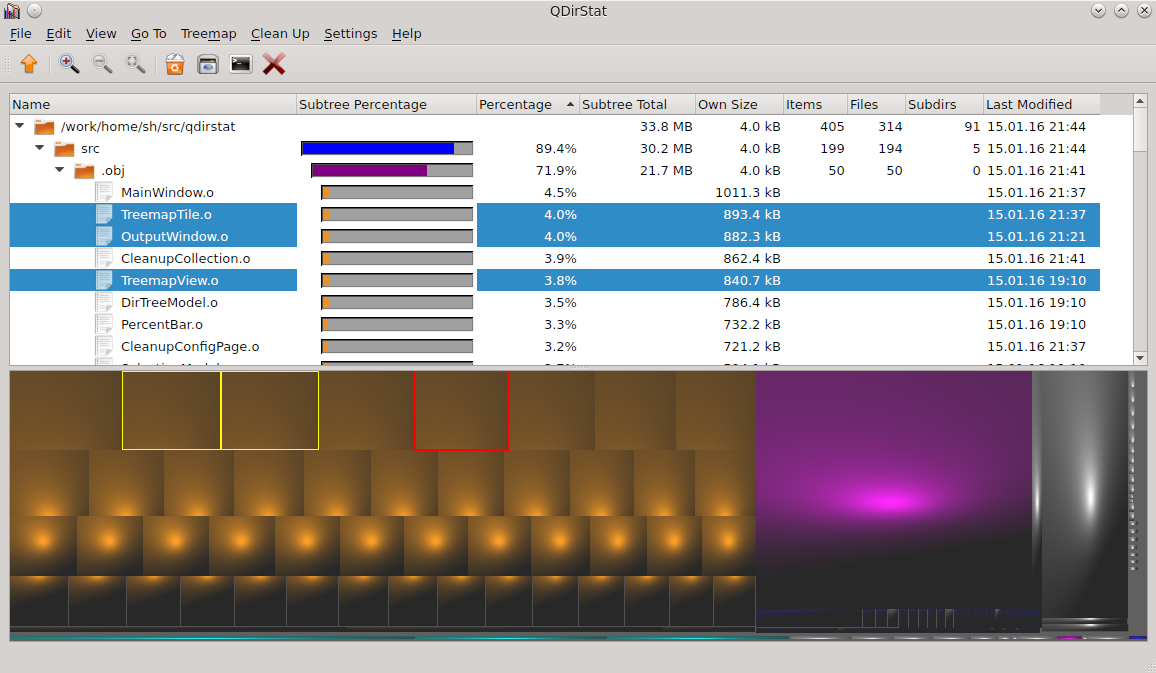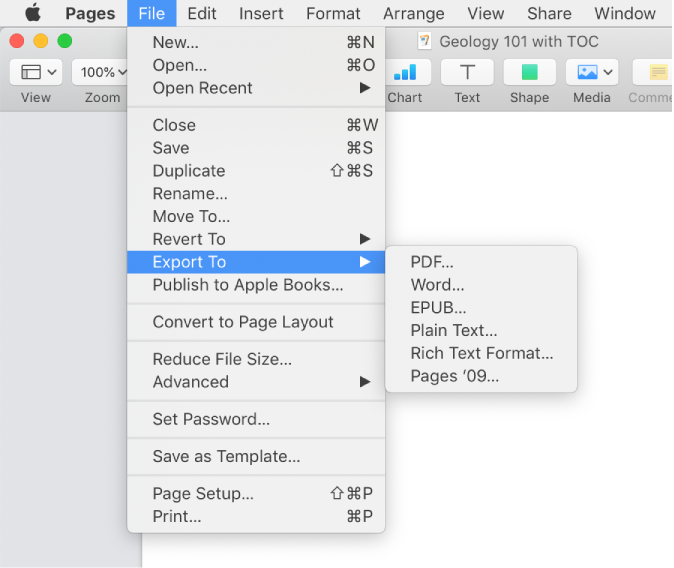

- #Disk inventory x doesnt open how to#
- #Disk inventory x doesnt open install#
- #Disk inventory x doesnt open windows 10#
- #Disk inventory x doesnt open Pc#
- #Disk inventory x doesnt open free#
#Disk inventory x doesnt open free#
Normally, you can subtract the minimum about from the maximum to get the free space that can be allocated for Windows. Note: This command does not change the computer in any way. diskutil apfs resizecontainer disk0s2 limits Here, I have assumed you are using a single internal drive with just macOS installed. The amount of free space that can be allocated to run Windows can be determined by entering the following command in a Terminal application window. I'm pretty sure I have 100 GB of free storage, because I removed dozens of GB of photos and apps. As if some cached values were used while the Mac is updating the folder sizes. But after 2-3 minutes, this number changes to about 100 GB. I tried to find "hidden files", that could cause this difference, using the Disk Inventory X app, but it shows 100 GB of free storage.Īnother strange thing that happened: after I restart the computer, the status bar at the end of the finder shows 33 GB of free storage. I also used Onyx utility to free up some more space, empty caches, etc. The trash is empty, and I restarted my computer twice. However, the Disk Utility shows only 33 GB of free storage. So I freed up some space by removing some files, and "About My Mac" now shows almost 100 GB of free space on my Mac:
#Disk inventory x doesnt open windows 10#
If you want something more thorough, CleanMyMac X (Opens in a new window) was able to find even more deletable files on my system, but it costs $35 for a one-year license.I'm in the process of installing Windows 10 on my Macbook Pro (macOS 10.13.4/17E202, 256 GB of storage, no partition), but Boot Camp says I need at least 40 GB of storage. It'll present you with a list of removable files, and you can click Run Cleaner to delete them.
#Disk inventory x doesnt open install#
Install the app, open it up, and click the Analyze button in the bottom-right corner. Those caches will fill right back up as you continue using your computer, so this is only worthwhile if you're extremely low on space and just need to get by for a few days while you finish that large project, or wait for a bigger hard drive in the mail.ĬCleaner (Opens in a new window) is a free program that will scan your system for temporary internet files, system logs, and other unnecessary files.

Many people advocate clearing these caches occasionally to free up space, but unlike the above tricks, clearing temporary files only helps you.well, temporarily. Your computer keeps a collection of temporary files on its hard drive so it can re-access them later. It may not be the prettiest disk space analyzer available for macOS, but it's free and offers an exhaustive list of which folders, files, and file types are hogging your hard drive. If you don't have macOS Sierra, or you want to drill down even further into your system, you can accomplish similar things with a tool like Disk Inventory X (Opens in a new window).

(Just don't forget to empty the Trash when you're done-if files are in the Trash, they're still taking up space on your Mac!) Right-click any of these files to delete them, and you should be able to free up a decent amount of space. For example, you may find that you have multiple gigabytes of video from an old project you no longer need, or huge iOS backups from devices you no longer own. The left sidebar shows you each of the aforementioned categories, and you can click on them to see the biggest files of that type. If you discover you have 100GB of music on a 128GB drive, for example, then it's a fair bet you should clean up that iTunes library.Ĭlick the Manage button and you will have the option to see a much more detailed breakdown. If that overview says you're running macOS 10.12 Sierra or higher, then you can merely click the Storage tab to get a basic idea of what's taking up so much space on your drive-like documents, photos, music, and so on. Click the Apple menu in the top-left corner of the menu bar and choose About This Mac. The bigger the files you can delete, the more space you can free up-so let's go hunting.
#Disk inventory x doesnt open how to#
#Disk inventory x doesnt open Pc#

How to Save Money on Your Cell Phone Bill.How to Free Up Space on Your iPhone or iPad.How to Block Robotexts and Spam Messages.


 0 kommentar(er)
0 kommentar(er)
